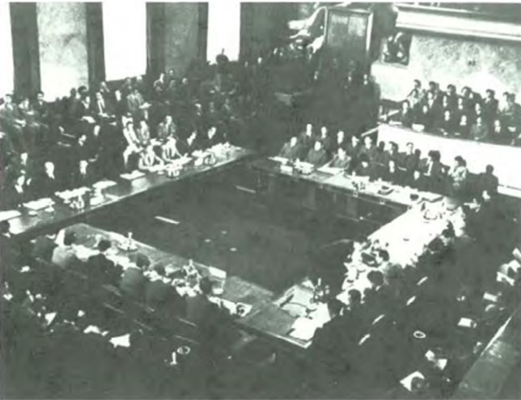Indochina Phase of the Geneva Conference Begins
May 8, 1954

The Indochina phase of the Geneva Conference begins. As negotiations commence, France and the United States continue discussing the possibility of U.S. intervention. But they fail to find mutually agreeable terms, the French military situation on the ground in Vietnam deteriorates further, and Australia and New Zealand decide against joining a U.S. military coalition in Indochina. These talks grind to a halt by mid-June.
By this time, negotiations in the broader Geneva Conference have stalled as well. Then on June 18, Pierre Mendés France succeeds Joseph Laniel as prime minister of France and promises to reach an agreement within 30 days. A staunch opponent of the war, Mendés France is willing to make additional concessions and consider the idea of partitioning Vietnam—something that South Vietnamese, American, and French officials very much opposed when Viet Minh delegate Pham Van Dong proposed it at the start of the negotiations. Mendés France and Chinese Foreign Minister Zhou Enlai generate a plan for a ceasefire, division, and eventual reunification of Vietnam. Both China and the Soviet Union urge the Viet Minh to take a conciliatory position moving forward.1